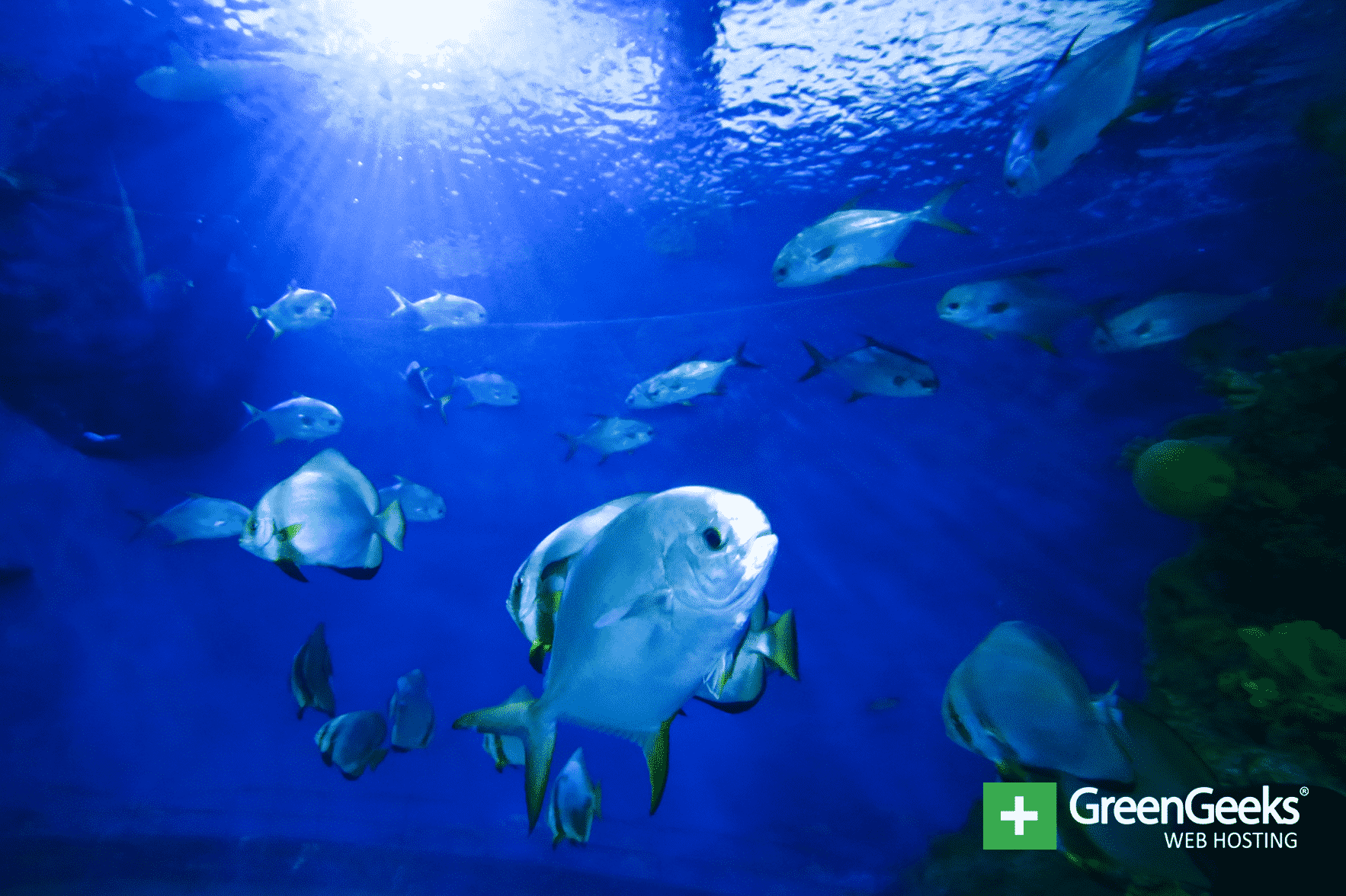
Climate change is responsible for many environmental shifts around the globe. And altering the color of our oceans is simply the most recent. A new MIT study has found that the majority of the Earth’s surface oceans will change color.
The color change will not be very extreme, in fact, it is probably more accurate to call this a color deepening. This is because the blues will become a deeper blue and the greens will become greener. While this may not sound as exciting, it is proof that the ocean ecology has been changed.
What Decides the Ocean’s Color

While your parents may have told you the ocean is blue because it is, that is not the real reason. Oceans make up 70% of the Earth’s surface and reflect a large amount of sunlight. The molecules that make up water can absorb all of the colors in the light spectrum, except for blue. The blue that is not absorbed is reflected back and thus, oceans are blue.
However, there are parts of the ocean that are more green than blue and that also has a reason. The green color is due to an organism called Phytoplankton. These organisms use chlorophyll to capture the blue light and perform photosynthesis to live. The more Phytoplankton there is, the greener the water will be.
How Does Climate Change Fit In
So how exactly is climate change going to alter the ocean’s colors? Phytoplankton is crucial in what color the ocean will take on and like most sea creatures, the changing ocean currents and warming temperatures are affecting their nutrient sources. As their nutrients move away, the Phytoplankton must as well.
Thus, as Phytoplankton begin to leave some areas and concentrate on others, the water’s color will change.
Where Will the Changes Take Place
The ocean is a very big place and you are probably wondering where the changes will take place. Subtropical islands and areas near the equator will see Phytoplankton population leave the area. The population was already on the low side, resulting in a deeper blue color.
These Phytoplanktons will be relocating to the North Atlantic and the Southern Ocean. This is due to the waters beginning to warm in these areas, which will make them perfect habitats for these microorganisms. Thus, the areas will become greener.
When Will This Happen
When this takes place is probably the most interesting part of the study. The previous prediction expected this color change to take place at the end of the century if all nations follow the guidelines set by the Paris Agreement. However, since that is not the case and emissions are on the rise, the expected time frame has also shifted.
While the most noticeable changes will be happening by the end of the century, there will be a change in the next 50 years.
Is It Too Late For Change

Climate change and global warming concerns are a hot topic around the world and many nations are trying to do their part. However, most experts agree, it just isn’t enough. More dramatic and quick action is needed to prevent climate change from truly changing our planet permanently.
The Paris Agreement was created for this very purpose and if nations follow the guidelines and make them stricter, change is a possibility. Keep in mind that everyone can make a difference by using less energy and using fewer products that produce greenhouse gas emissions.

